Dursley, Gloucestershire
Up to 1834
A parliamentary report of 1777 recorded a parish workhouse in operation in "Wotton Underidge" (Wotton-under-Edge) with accommodation for up to 50 inmates. There were also parish workhouses in the area at Cam, Coaley, Kingswood, North Nibley, Slimbridge, Uley, and — reputedly having the worst conditions of them all — Dursley itself.
A house on Hopton Road in Cam is thought to have housed the workhouse in the nineteenth century.
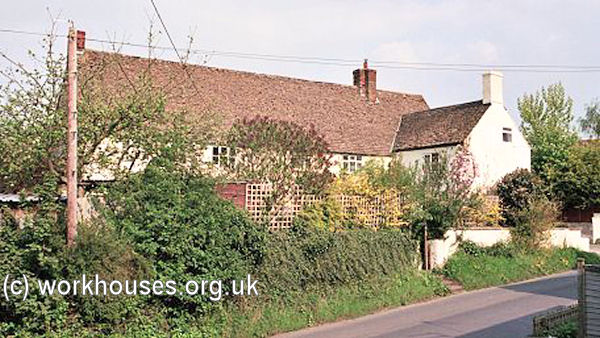
The former Cam parish workhouse.
© Peter Higginbotham.
A building, now known as Church House, at Churchend was the Slimbridge parish workhouse in 1781.
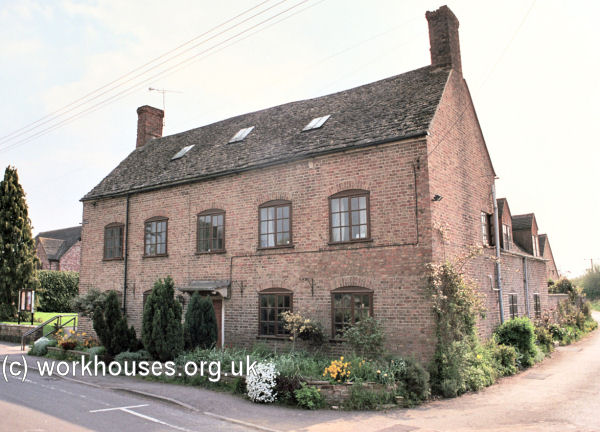
The former Slimbridge workhouse.
© Peter Higginbotham.
After 1834
Dursley Poor Law Union was formed on 4th April 1836. Its operation was overseen by an elected Board of Guardians, 20 in number, representing its 11 constituent parishes as listed below (figures in brackets indicate numbers of Guardians if more than one):
County of Gloucester:
Cam (2), Coaley, Dursley (3), North Nibley (2), Nymphsfield [Nympsfield], Owlpen, Stinchcombe, Slimbridge, Uley (2), Wotton-under-Edge (4).
County of Wiltshire:
Kingswood (2).
The population falling within the union at the 1831 census had been 19,518 with parishes ranging in size from Owlpen (population 255) to Dursley itself (3,226). The average annual poor-rate expenditure for the period 1833-35 had been £10,931 or 11s.2d. per head of the population.
The new Dursley Union workhouse was built in Dursley in 1837-9 at the south-west of the town. Prior to its opening, former parish workhouses at Kingswood and Uley were retained in use by the union. The new workhouse was designed by Mr Fulljames who was also the architect of the Wheatenhurst Union workhouse. His design for Dursley was a variation on the model "square" plan by Sampson Kempthorne published by the Poor Law Commissioners in 1835. Stone for constructing the workhouse was taken from a quarry in the woods near to the site. The workhouse location and layout are shown on the 1901 map below.
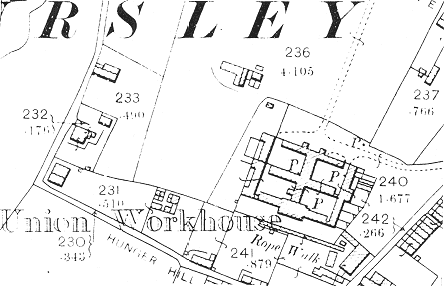
Dursley workhouse site, 1901.
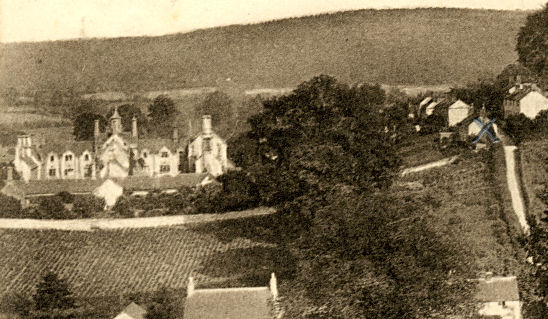
Dursley workhouse from the west.
© Peter Higginbotham
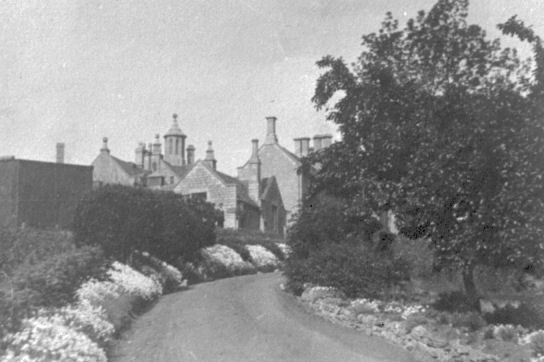
Dursley workhouse entrance driveway from the east.
Courtesy of Andrew Barton
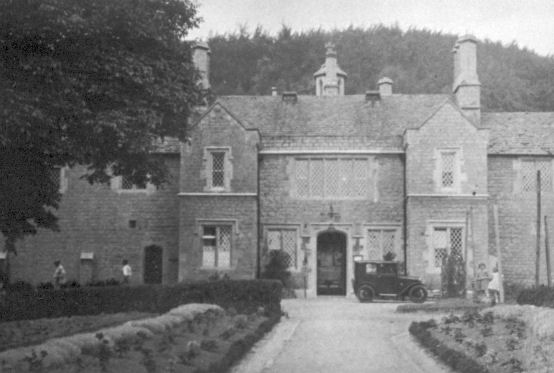
Dursley workhouse entrance from the north.
Courtesy of Andrew Barton
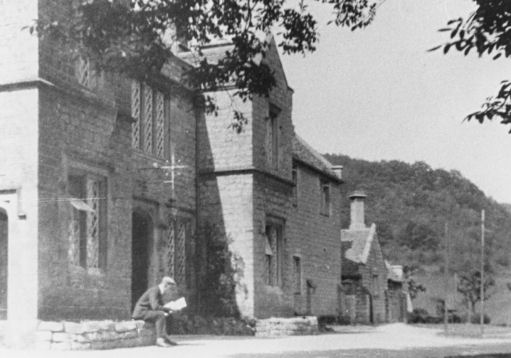
Dursley workhouse entrance from the east.
Courtesy of Andrew Barton
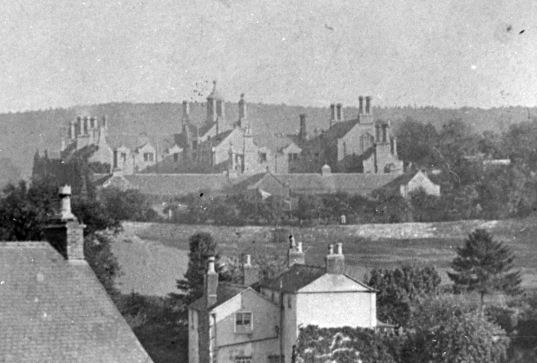
Dursley workhouse from the north.
Courtesy of Andrew Barton
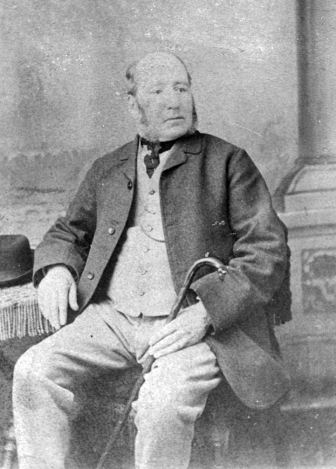
Robert Cole Kingscote — workhouse master in 1881
Courtesy of Andrew Barton
By 1892, when the Master of the workhouse was a Mr Sellick, there were 110 permanent inmates, though only 9 were women. In the same year, the position of resident workhouse cook was advertised at 7s. per week working 4.30am until 8.30pm!
In the early twentieth century, the main inmates appear to have been widows or women whose husbands could not work. Many unmarried pregnant women also went to the workhouse to give birth, with many of the babies not surviving. It is said that such children were buried in unmarked graves in the hedges alongside the local church. Vagrants used Dursley at part of a circuit which included Thornbury and Tetbury.
The workhouse closed in the 1930s but was apparently used during the Second World War to house evacuees under the charge of the former Master, Mr Wilson. The building was demolished soon after the war.
Staff
Inmates
Records
Note: many repositories impose a closure period of up to 100 years for records identifying individuals. Before travelling a long distance, always check that the records you want to consult will be available.
- Gloucestershire Archives, Clarence Row, Alvin Street, Gloucester GL1 3DW. Holdings include Guardians' minute books (1836-1933); Births (1866-1920); Deaths (1866-1920); etc.
Bibliography
- Higginbotham, Peter The Workhouse Encyclopedia (2014, The History Press)
Links
- None.
Acknowledgement
-
Thanks to Laura Baker for information on Dursley and to Andrew Barton for the vintage photographs.
Unless otherwise indicated, this page () is copyright Peter Higginbotham. Contents may not be reproduced without permission.


